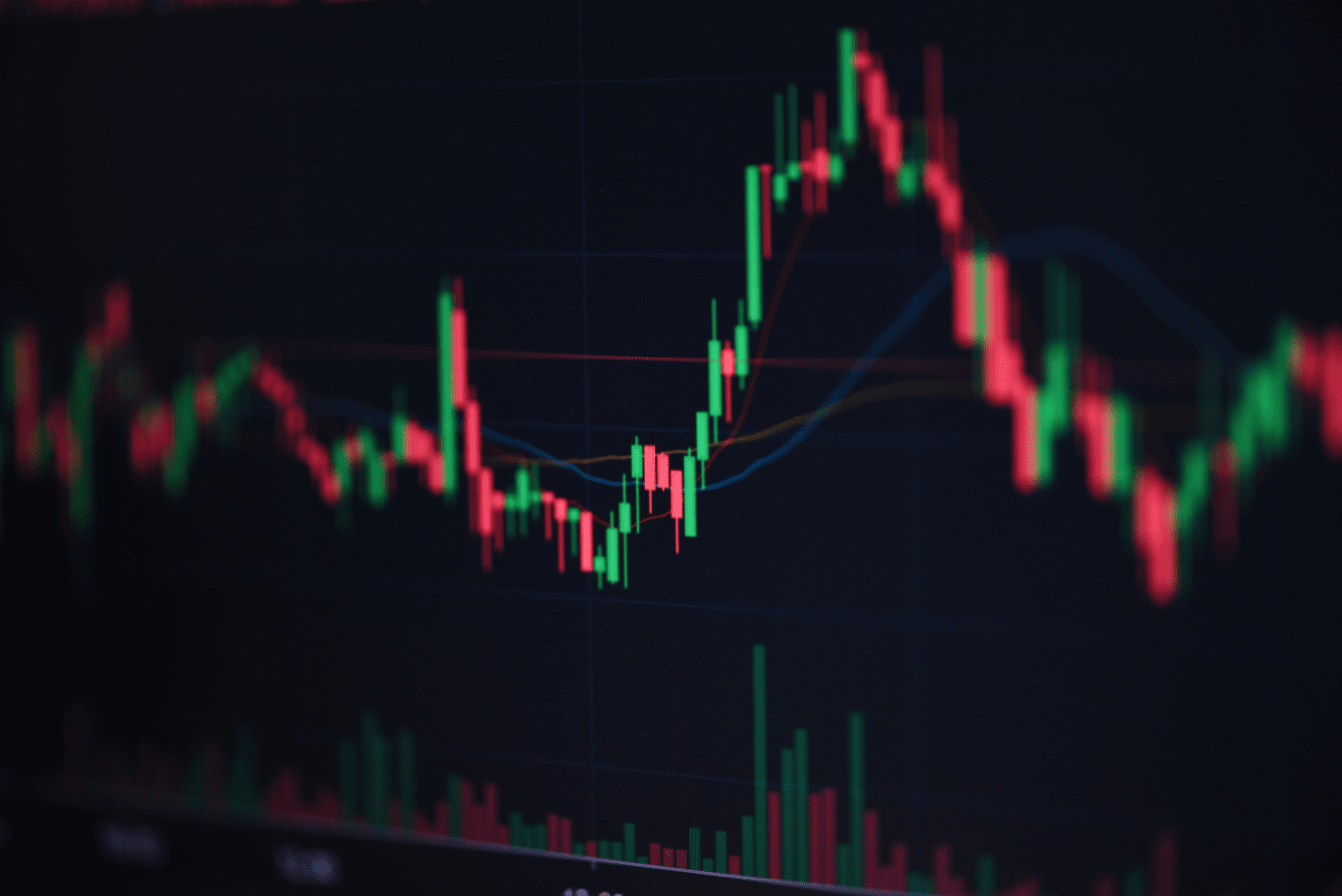When we are new to trading, one of the things that makes learning difficult is not knowing where to start. Not having a learning plan makes you feel like you are not learning anything, and believe me, I made great progress thanks to one simple thing, yes, something as simple as organization.
These are the first guidelines you should consider when starting in this environment.
✅ To start, you must keep the basics in mind: have a device to trade; it can be a PC, laptop, or even your own smartphone (since there are now apps to trade from your mobile as well).
✅ Focus on the essentials: start by learning the most common terms you will see in trading, and their role on the platform (take profit, stop loss, leverage, etc.). You can find PDFs, websites, apps, or even tutors.
✅ Learn to read and master candlestick patterns: price changes, market movement, everything is expressed in the chart in the form of candles, so if you know how to interpret them and recognize key patterns, it will be of great help when making your moves.
✅ Start with a demo account: while learning you will make many mistakes and losses, so a demo account is the best alternative if you are starting, as it has a virtual fund that allows you to trade without risks. Most platforms and apps have this feature.
✅ Learn from the greats: watch the big traders operate and try to copy or recognize their techniques in the field.
✅ Trade with caution: even if you are in a demo account, remember that you also have a limit, and the attitude with which you trade in it will reflect your ability and potential as a trader, so treat it as if it were your real account.
✅ Start with Scalp trading: if you are new, it's normal to want to see profits or movement immediately in your account, so being a Scalp trader is your best option, as it allows you to make small movements with relatively short time frames, but that are reflected immediately (depending on market fluctuations).
✅ Invest and trade in small amounts: when you feel ready, start investing amounts like $50 or $100, trading with relatively small amounts, and reinvesting your profits progressively as you grow.
✅ Be smart: we tend to believe that larger amounts mean larger profits, but remember that this also increases the risk of loss if your bet doesn't go as expected, forcing you to sacrifice an important part of your account's fund.
✅ Have a plan: establish a percentage like 30% or 40% of your total fund that will be dedicated to trading, this will ensure that you can always see profits in your savings account.
✅ Losing doesn't make you a novice: remember that even the best traders have had potential losses, but it all depends on the attitude with which they handle it; that is what truly defines the mindset of a real trader.
✅ Have a clear vision, focus on the process: at first, you will be trading with a certain margin of errors, but in just a few months, you could become a profitable trader if you set your mind to it, so focus on learning, and before you know it, you will be trading and interpreting every pattern like the pros do.
📌 At first, it will always seem a bit difficult to see yourself as a trader, but with the right learning and efficient practice, this process will go from being a habit to being that trader lifestyle you dream of. No excuses... Go for it!